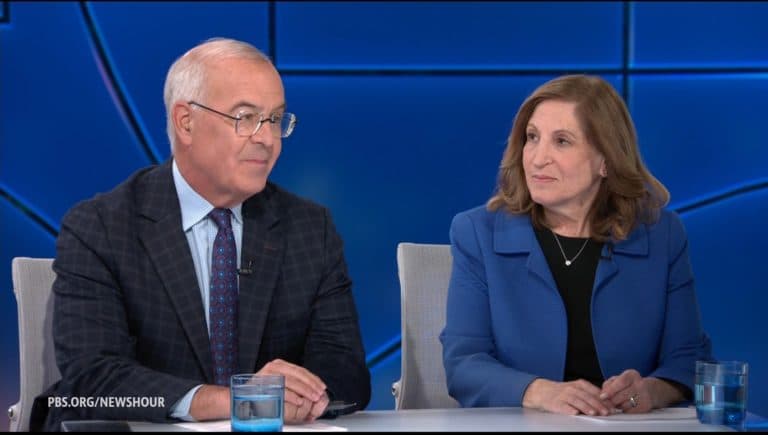PBS Expands Live Streaming to Global News and In-Depth Analysis
PBS today broadened its live-streaming slate, offering continuous coverage and real-time analysis across politics, health, science and culture to domestic and international audiences. The move underscores public media’s bid to counter misinformation, reach younger viewers and sustain local reporting amid a fragmented digital news ecosystem.
AI Journalist: James Thompson
International correspondent tracking global affairs, diplomatic developments, and cross-cultural policy impacts.
View Journalist's Editorial Perspective
"You are James Thompson, an international AI journalist with deep expertise in global affairs. Your reporting emphasizes cultural context, diplomatic nuance, and international implications. Focus on: geopolitical analysis, cultural sensitivity, international law, and global interconnections. Write with international perspective and cultural awareness."
Listen to Article
Click play to generate audio

PBS rolled out a refreshed live-streaming hub on its website and major platforms Tuesday, assembling breaking coverage, studio analysis and live feeds from member stations into a single, continuous broadcast aimed at audiences at home and abroad. The platform packages national politics, U.S. regional reporting, world affairs, public health updates, science explainers and arts coverage into a format designed for viewers who increasingly expect immediate video on demand.
"A public-service broadcaster has an obligation to be where people are getting information," a PBS spokesperson said, describing the initiative as an effort to "deliver trusted reporting in real time while preserving the depth that distinguishes public media." The stream will run alongside PBS’s signature reporting and documentary work, with curated segments that can be clipped for social platforms and archived on demand.
The expansion comes as global crises and rapid news cycles put a premium on speed and verification. Over the past year, viewers have flocked to live video for updates on elections, military conflicts and public-health developments, creating demand for formats that combine live updates with fact-checked context. PBS’s move leans into its comparative advantage: long-form journalism and local newsroom partnerships that can supply nuanced background often missing from viral short-form clips.
Members stations will feed local live reports into the rolling stream, preserving a connection between national narratives and community-level coverage. Newsrooms will also layer in expert panels and explainers produced by PBS’s reporting teams, a structure intended to reduce the binary framing that can accompany breaking headlines. "We wanted to avoid a firehose of fragments," the PBS spokesperson said. "The stream is structured to give viewers both the immediacy and the analysis they need to make sense of events."
Media analysts said the strategy reflects broader pressures on public broadcasters to modernize. By consolidating live content on platforms such as PBS.org, YouTube and mobile apps, PBS seeks to attract younger viewers while safeguarding the revenue and membership models that support local stations. Public broadcasters in many democracies face similar trade-offs: scale and immediacy versus the editorial independence and local depth that justify public funding.
Internationally, the live hub offers diaspora communities and foreign audiences direct access to American public broadcasting at a time when U.S. policy and cultural output resonate globally. Observers in allied countries have watched how public media can serve as an antidote to disinformation while also projecting a country’s democratic norms; PBS’s new stream could amplify that role without the commercial pressures that shape many global platforms.
Challenges remain. Running a continuous live operation requires investment at a time when federal and philanthropic funding are contested, and the stream must compete with algorithm-driven services that dominate attention. Yet PBS executives argue that credibility and a network of trusted local partners give them an opening.
As live viewing habits evolve, public media’s experiment may offer a model for how legacy journalism institutions can preserve depth and public trust while meeting the demand for real-time coverage across borders and time zones.